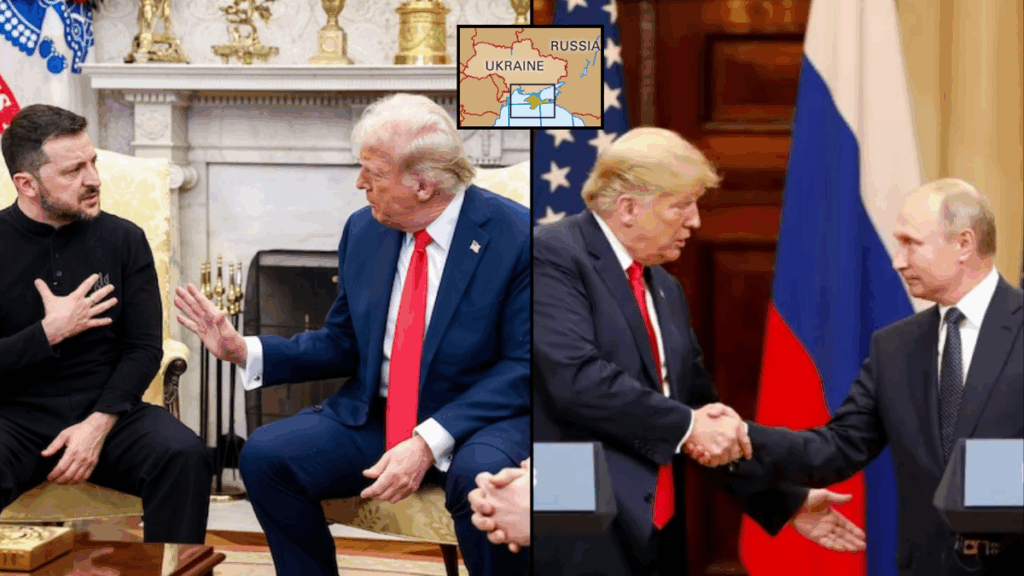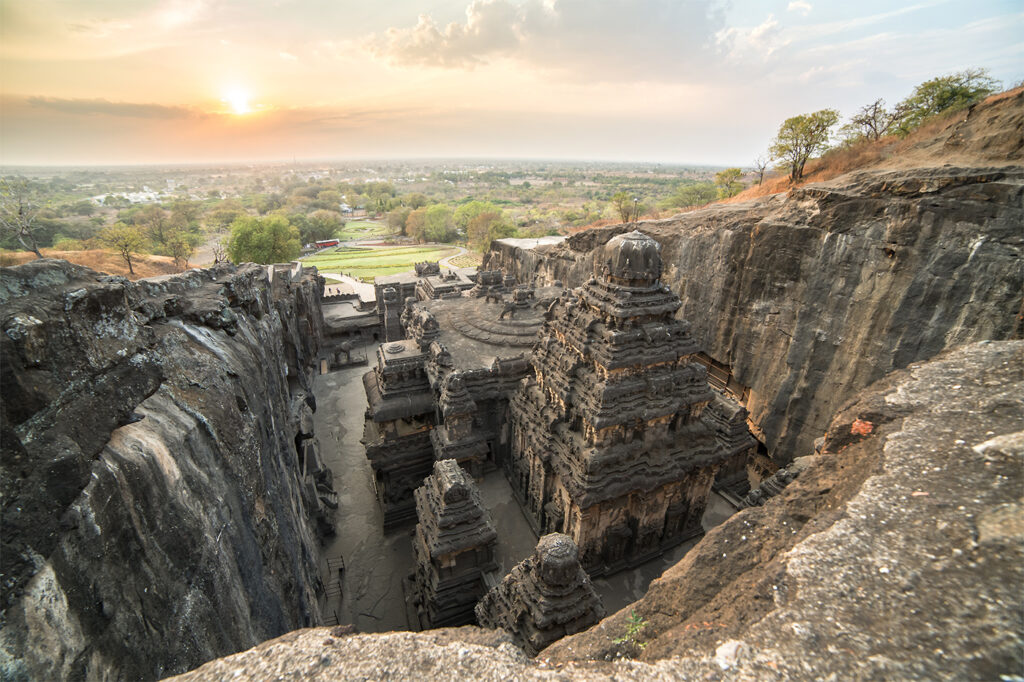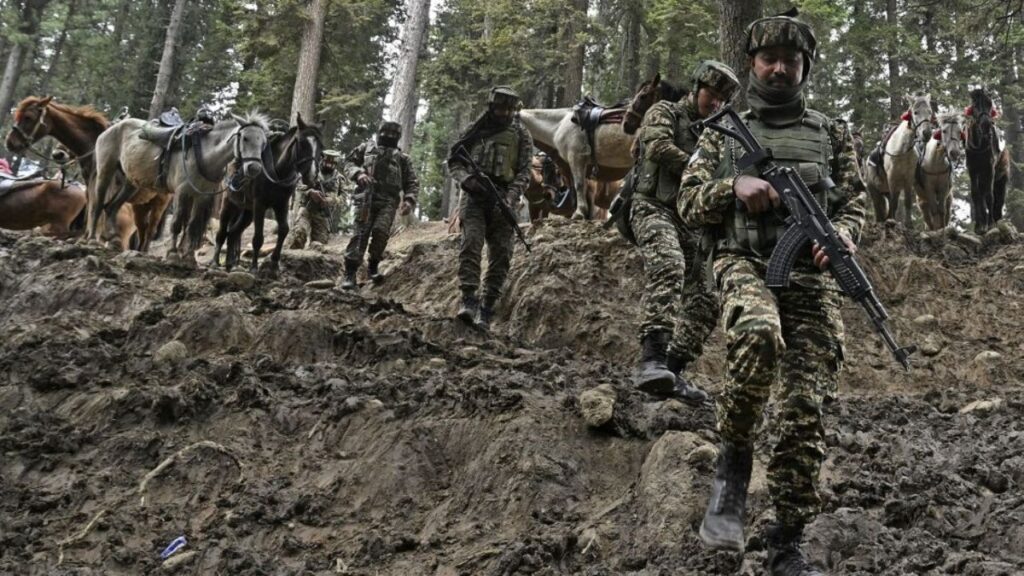
Why Russia wants it desperately? What is its history?
Crimea has been the latest bone of contention between Russia, Ukraine and the United States. The US, which is eager to finalise a peace agreement between Moscow and Kyiv to effectively end the Russia-Ukraine war, has called out Ukrainian President Zelenskyy’s insistence on giving away Crimea to Russia. US president Donald Trump has accused the Ukrainian leader of making “very harmful” statements after he pushed back on ceding occupied Crimea to Russia as a part of the peace deal.
What is the history of Crimea?
The history of Crimea is long, complex, and marked by a constant shift in control between several powers. Back in 1200s, the land was controlled by the Mongols. In the 15th century, it became a vassal of the Ottoman Empire.
The first Russian invasion of Crimea happened in 1783 when Catherine the Great annexed Crimea from the Ottomans, expanding Russian control over the Black Sea. In the 19th century Crimean War (1853–1856). Russia unsuccessfully fought against Britain, France, and the Ottoman Empire but Sevastopol remained a key naval port. In the Soviet era of 20th century, Crimea became an Autonomous Soviet Socialist Republic within the Russian SFSR. Soviet leader Nikita Khrushchev transferred Crimea from the Russian SFSR to the Ukrainian SSR (both part of the USSR) in 1954. Crimea became part of independent Ukraine, with autonomous status after the fall of USSR.
However, due to Russia’s monopoly over the strategic port of Sevastopol, pro-Russian sentiments remained high in this region despite Crimea being part of Ukraine.
In November 2013, the then President of Crimea – Viktor Yanukovych – abruptly rejected a trade agreement with the European Union (EU), choosing instead closer ties with Russia. This paved the way for Euromaidan Protests that soon turned violent amid police using force. Hundreds of protesters were killed, and Yanukovych eventually fled to Russia by February 2014. Ukraine’s parliament declared him unable to fulfill his duties and installed an interim government. This was also called the Ukrainian Revolution, however, Russia claimed it was a coup. The Revolution redirected Ukraine’s course towards the West.
However, the political vacuum in Kyiv allowed Russia to act quickly in Crimea. In late February 2014, unmarked soldiers, termed as “Little Green Men” and confirmed to be Russian troops, seized key buildings and infrastructure in Crimea. At the time, Russia denied that they were Russian troops. Crimea’s parliament was under siege and eventually voted to hold a referendum on joining Russia.
In March 2014, a referendum was held under Russian military presence, with two choices: join Russia or return to the 1992 constitution (which gave Crimea more autonomy). The ballot reportedly did not include an option to stay in Ukraine. Official results claimed 97 per cent supported joining Russia, though the vote was widely condemned as unfair by Ukraine. Russia formally annexed Crimea, signing a treaty with local pro-Russian leaders.
Read More | ‘Zelensky prolonging killing field’: Trump slams Ukrainian leader’s remark on Crimea occupation
But why is Crimea so important for Russia?
1. Strategic Location: Crimea gives direct access to the Black Sea, a crucial waterway for trade and military presence. Control of Crimea allows dominance over sea routes in the region.
2. Geopolitical Leverage: From Crimea, Russia can project power into the Mediterranean and Middle East, especially through its naval base at Sevastopol.
3. Military Significance: Sevastopol Naval Base is home to Russia’s Black Sea Fleet. It’s one of the few warm-water ports Russia can use year-round, which is critical for naval strategy.
4. Natural Resources and Economy: Crimea has offshore energy resources, including oil and gas in the Black Sea shelf. Control of Crimea gives Russia influence over regional energy supplies and maritime economic zones.
Read More | BIG win for Russian president Putin? US may recognise Crimea as part of Russia-Ukraine peace deal
Trump slams Zelensky over Crimea
Earlier on April 19, it was reported that the Trump administration would walk away from the mediation role if both Russia and Ukraine did not seal a deal soon. Multiple reports claimed that America might recognise Russian control of Crimea as part of the peace agreement between Moscow and Kyiv. Following this, Zelensky said that Crimea is “the land of the Ukrainian people.”
US President Trump came down heavily on Zelensky and said that if it was so important for Ukraine to have control over Crimea, why didn’t they fight for it in 2014. “Nobody is asking Zelenskyy to recognize Crimea as Russian Territory but if he wants Crimea, why didn’t they fight for it eleven years ago when it was handed over to Russia without a shot being fired?” he posted on Truth Social.
Meanwhile, the Ukrainian president said that talks were held in London between the US, Ukrainian and European officials, despite US Secretary of State Marco Rubio cancelling his trip. Rubio reportedly cancelled his trip after Ukraine said that “it would not enter negotiations on territorial issues until a full and unconditional ceasefire is achieved.” As per reports, the ministerial-level talks were downgraded, however, Zelensky said that the meeting was marked by heightened emotions and that he hopes future talks would be positive with allies. Al Jazeera reported that Trump’s Ukraine envoy Keith Kellogg called the talks with Zelenskyy’s chief of staff Andriy Yermak “positive.”
US peace plan reportedly accommodates Russia’s two major demands – control over Crimea and cancellation of any talks on Ukraine’s NATO membership. Ukraine and critics have called the plan in favour of Russian President Vladimir Putin.
Read More | Kyiv’s NATO dream shattered? US presents Russia-Ukraine peace plan – Here’s what it says





Responses